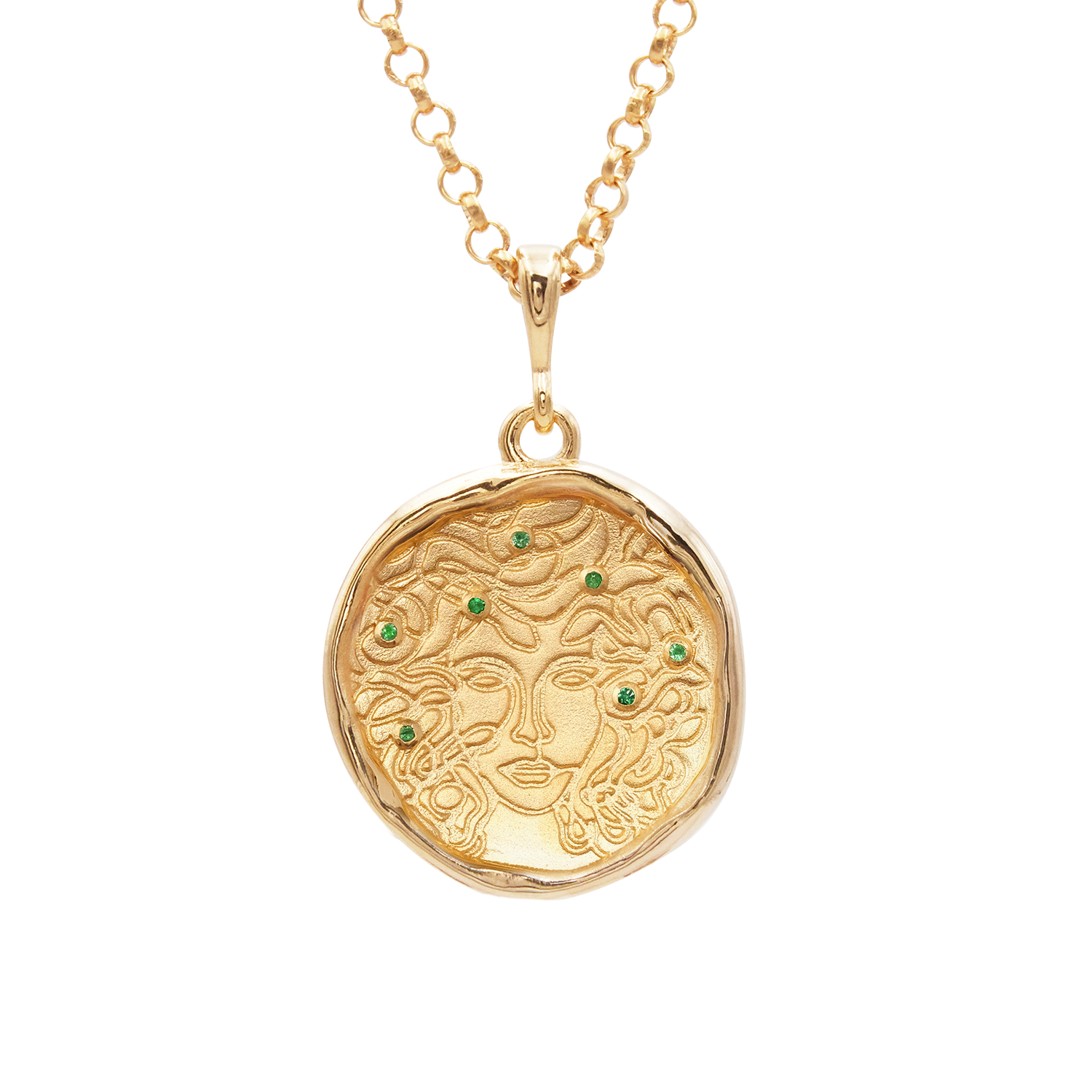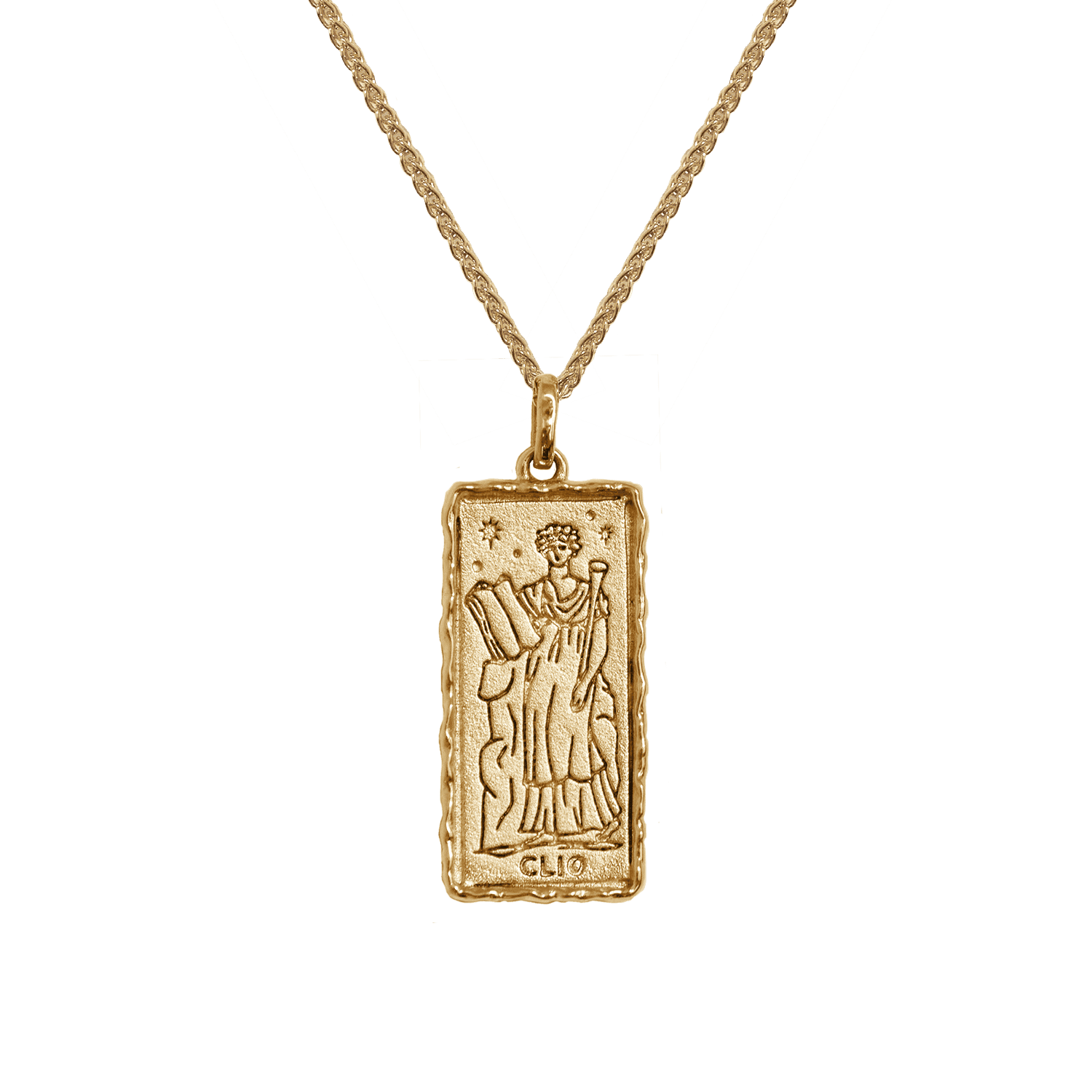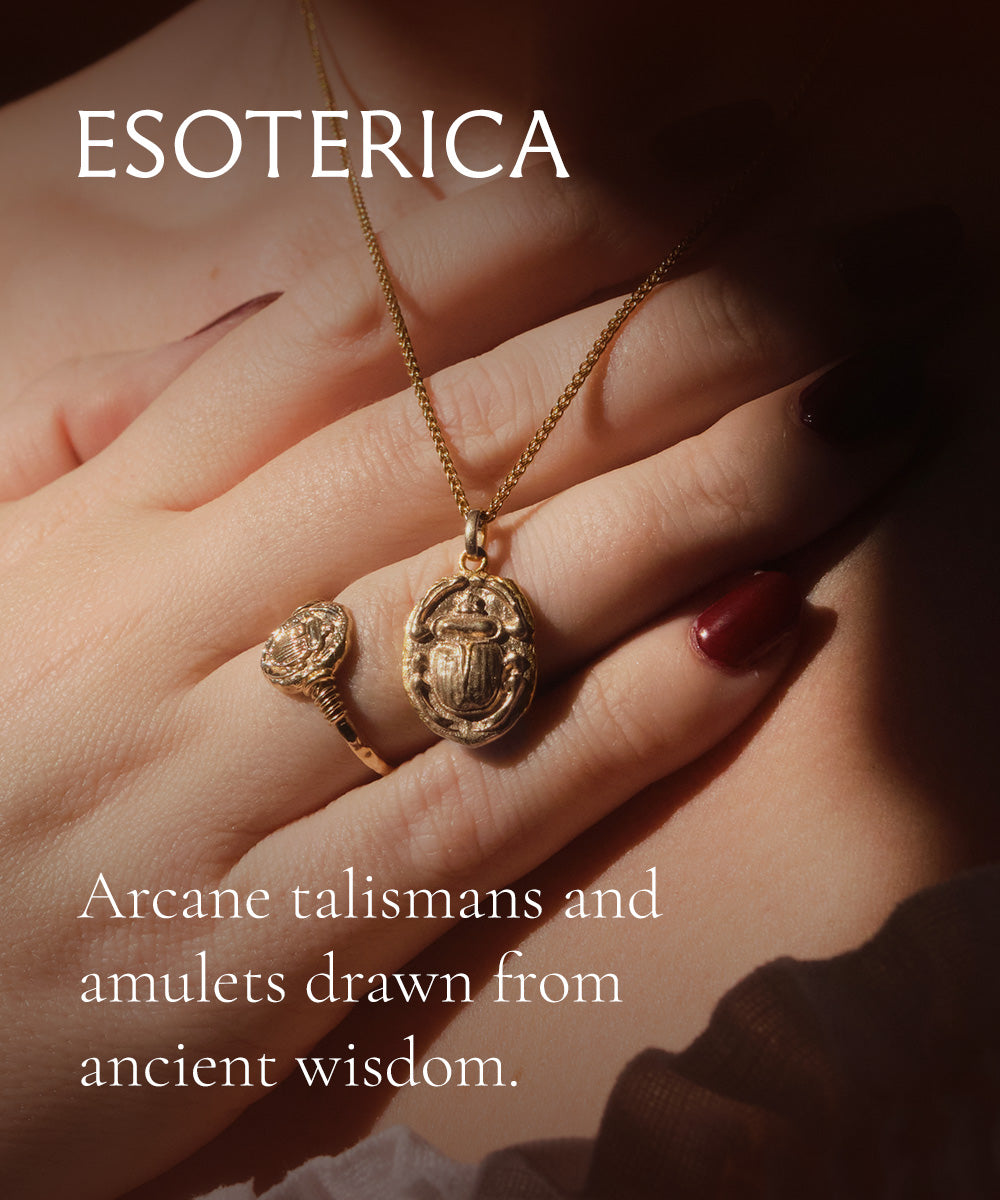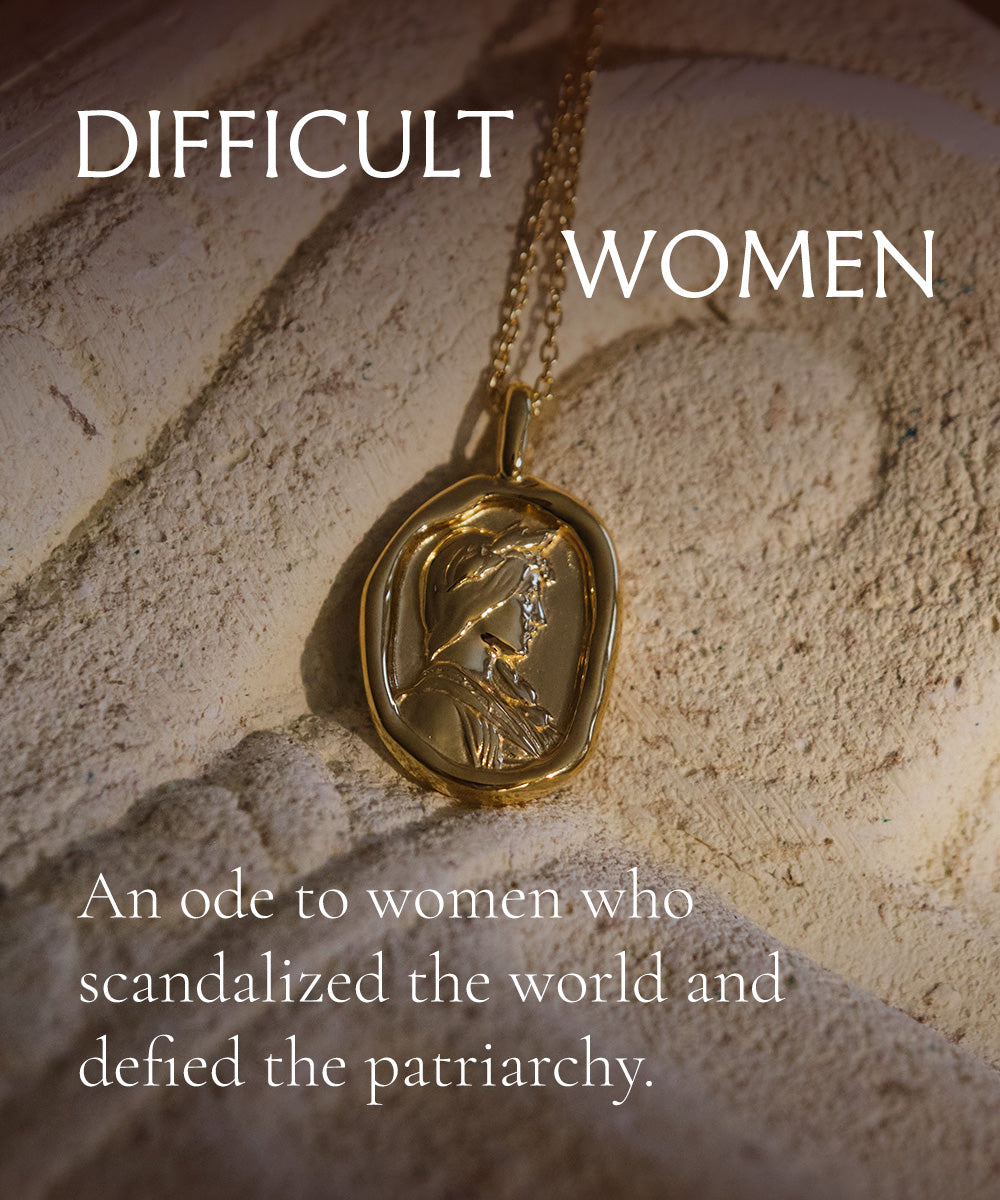I met Caravaggio in Italy. He lives on in galleries and museums, haunting the corridors lined with his works, in those deep shadows and in the light draped over the faces of his subjects.
I adore his work. But it’s not Caravaggio I want to talk about today, but Artemisia Gentileschi, who lived at the same time and took great inspiration from him, as did her father.
Artemisia Gentileschi was the daughter of a painter, who recognized her talent from a young age. Most of history has ignored or written out talented women, their fathers patting their heads and marrying them off to live and die in obscurity. I do not know what made Orazio Gentileschi support young Artemisia in a way that many fathers would scoff at. Perhaps her talent was too great to be ignored, and his desire for her to join a convent dissipated when he saw her early work. Maybe he loved his daughter and wished for her to use her talents, make her own money, and become her own woman.
Whatever the reason, he preferred his daughter to embrace her talent and desires, and hired teachers to further Artemisia in her study and career.
Though she had her father’s blessing, Artemisia still lived in Baroque Italy. Between the layers of pigment and gloss, she painted male painters never experienced. Artemisia alone had to push back against the society that would demonize her for working, for thinking, for defiance: a society that erased women, and punished them for wanting more.
Artemisia Gentileschi painted women. She painted them in their natural state, expressive, active, human. Her work was more realistic than her father’s, grittier than Caravaggio’s, better than most men she ever knew. Her work was stolen, belittled, and undervalued for no other reason but her gender, but Artemisia never settled. To a particularly miserly patron, she wrote “I think Your Most Illustrious Lordship will not suffer any loss with me... you will find the spirit of Caesar in this soul of a woman.”
A point of interest is Artemisia’s Judith Slaying Holofernes. It is a biblical myth in which the Jewish widow Judith seduces, inebriates, and slays the cruel Assyrian general Holofernes. It is a triumphant painting, most often depicted with angelic Judith holding the head of Holofernes as her maidservant looks on.
Several years before Artemisia’s version, Caravaggio chose to depict a scene of the myth that was usually not shown—not Judith holding the head, but Judith Beheading Holofernes, the bloody scene wherein Judith actively cuts off the head of the war general. Her expression is focused, but unbothered, as if she is carving a ham.
Artemisia was greatly influenced by this painting. Often it has been theorized that she saw herself in that painting, as Judith seeking vengeance after being deeply wronged by a man. She was raped in her own home by a man who was supposed to teach her, and she was doubly traumatized when she brought her rapist to trial. She was subjected to torture to “prove” her testimony, and despite all, her rapist was convicted. Even so, he served no sentence. There was no real justice.
When Artemisia painted her version of Judith Slaying Holofernes, it was quite possibly the first depiction of the murder painted by a woman. While I, and Artemisia, admired dramatic and soulful Caravaggio, even he could not see Judith through the lens of a woman wronged. It was only Artemisia who could understand her. In her own way, Artemisia was Judith—in her painting, Judith is a self portrait of the painter herself.
Artemisia’s Judith Slaying Holofernes depicts two women. In older versions, a maid servant is usually present, but passive, looking on and often an old woman. Artemisia’s version shows a young maid servant, around Judith’s age, and she is not passive. She holds down Holofernes, assisting Judith. Perhaps this is Artemisia’s way of coping with the betrayal of her own maid servant, who was in the home at the time of the rape, and ignored her cries for help. The maid servant’s actions in this painting show a clear message: women must support each other in the face of violence, injustice, and misogyny.
Judith herself holds Holofernes’ head back with a grip of iron. She looks serious, and strong, her arms locked as she saws. Blood sprays in a deeply unsettling, but incredibly accurate manner. A single spurt of blood parallels a bracelet on Judith’s wrist, whose beads show the image of the goddess Artemis, the painter’s namesake. This is to drive home Artemisia’s self insertion, and, to me, is a threat as well as a reclamation.
Artemis, the huntress goddess, had all the power of the gods and the strength of a hunter. She was unafraid to slay man and beast alike. Artemisia’s rapist was both, and she tells us, by placing herself in Judith’s and Artemis’s place, that she is unafraid to exact vengeance as the mythological women did. As for her reclamation, Artemis was also a virgin goddess. To me, Artemisia is saying to her rapist, look, fool, you have taken nothing from me.
In a way, she reminds me of Medusa. But Artemisia fared much better. She was not confined by society to either marry or join the convent to have a respectable living. Though her gender made finding patrons more difficult, her work spoke for itself. She made her living painting for kings, duchesses, the Medici family of Florence, and she found health, healing, and love. She mingled with other high profile artists, had love affairs, lived in every beautiful city in Italy and named her daughter after her mother, and gave the girl the same opportunities she had.
She lives on in the shadows of her paintings, in the profound gaze of her female subjects, in the annals of history among the great Baroque artists.









